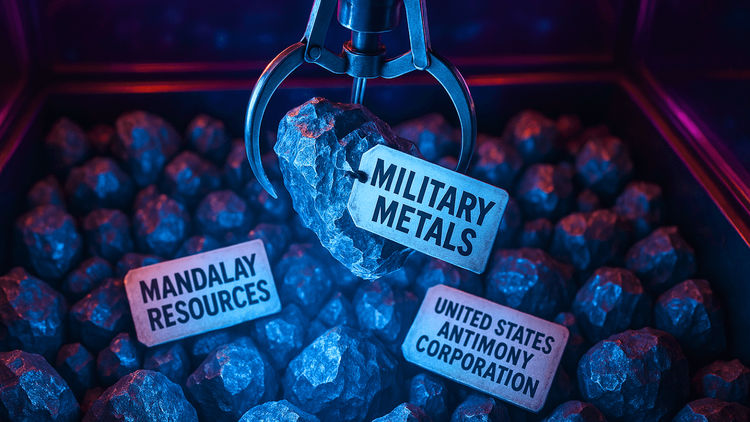Mark Carney Just Dealt Yukon Gold Miners a Policy Jackpot
How Carney’s Budget Quietly Hands Yukon Gold Juniors the Break They’ve Been Waiting For

In the frosty expanse of Canada's Yukon Territory, where gold has lured dreamers since the Klondike days, a fresh vein of opportunity might just be emerging, not from the ground, but from Ottawa's latest fiscal blueprint. Prime Minister Mark Carney's Budget 2025 announcement, unveiled with the flair of a nation-builder eyeing global dominance, isn't explicitly shouting "gold rush!" But for the Yukon's plucky junior mining outfits, those scrappy explorers chasing the next big strike, the ripple effects could prove as valuable as a nugget in a pan. While the spotlight shines on critical minerals like nickel and tungsten, the real story here is how infrastructure upgrades and regulatory tailwinds might lower the bar for gold plays, turning marginal prospects into profitable realities.
At the heart of this transformation is the referral of the Northwest Critical Conservation Corridor, stretching from Northwest British Columbia into the Yukon, to the newly minted Major Projects Office. This isn't just bureaucratic shuffling; it's a calculated move to fast-track nation-building initiatives, unlocking vast deposits while slapping a conservation label on an area the size of Greece. Sure, the emphasis is on critical minerals essential for batteries and green tech, but the Yukon's gold juniors stand to benefit from the spillover. Picture this: remote gold exploration sites, long plagued by sky-high diesel costs and logistical nightmares, suddenly hooked up to clean, affordable power via the proposed Yukon-B.C. Grid Connect. Part of the North Coast Transmission Line project, this grid tie-in promises to slash energy expenses, making it easier for juniors to drill deeper without draining their coffers. And with the Canada Infrastructure Bank's $139.5 million loan already greasing the wheels for B.C. Hydro, the momentum feels less like a promise and more like a done deal.






